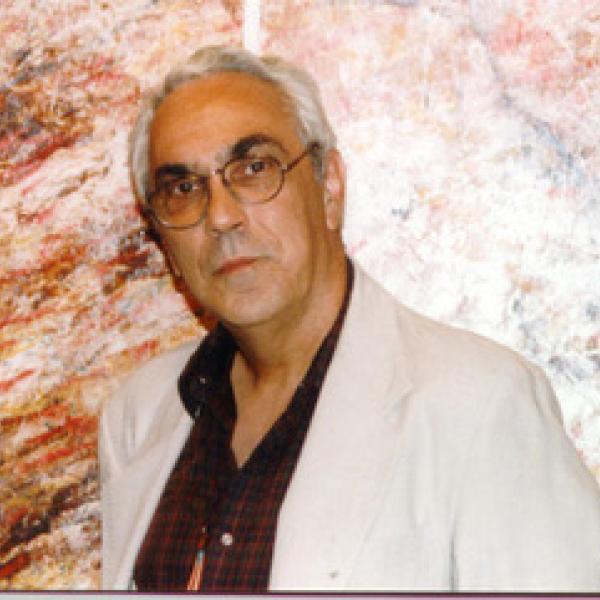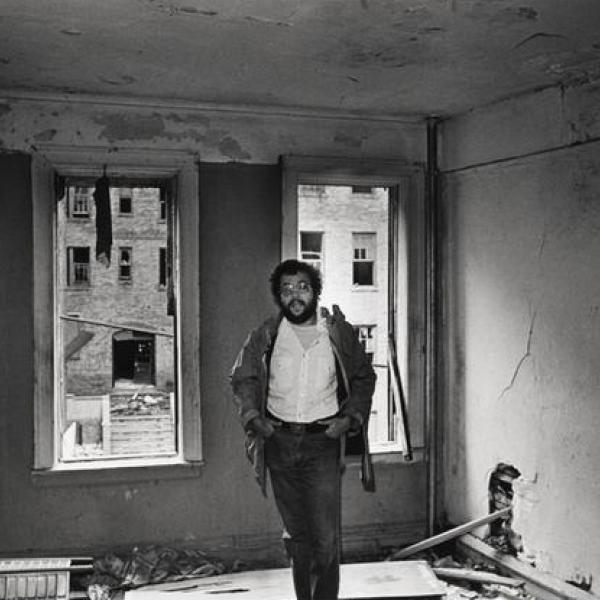Remembering Dorothy Pitman Hughes
Wednesday, February 1, 2023 by
The figure on the left of this photograph from the Museum’s collection, Gloria Steinem, has become a familiar face. This past December, the figure on the right, Dorothy Pitman Hughes, passed away at the age of 84. In addition to four decades of community organizing and social movement work in New York around race, gender, and class, Pitman Hughes was a singer, a speaker, and a small business owner. These various activities and multi-faceted identities were always intertwined under a banner of self-determination, providing an important glimpse into the life of an inveterate activist—one whose story has not often enough been told.
Pitman Hughes arrived in New York in 1957 hoping to escape the confines and racial violence of rural Georgia. She worked as a nightclub singer, a domestic worker for white families, and in the office of the Congress of Racial Equality. In the 1960s she established a daycare center in her home, which in 1967 moved nearby to west 80th street. For two decades, the West Side Community Alliance of New York provided vital and hard-to-find childcare, but also functioned more broadly as a community center for youth and parents. At a moment when childcare was being debated in Congress (the Comprehensive Child Care Act passed in 1971, before President Nixon vetoed it) and debates over community control came to the fore in New York City, Pitman Hughes’s Alliance functioned as a programmatic and political site.
It was at the West Side Community Alliance that Pitman Hughes met Gloria Steinem. Steinem had come to interview her for New York magazine, where she was a writer, and the two women struck up a friendship. Soon they took their ongoing dialogue about the multifaceted nature of feminism and the women’s liberation movement on the road. The 1971 photograph of Steinem and Pitman Hughes became an immediate icon for the movement. Pitman Hughes went on to co-found the Women’s Action Alliance with Steinem, as well as the National Black Feminist Organization, and later, when she operated a copy store in Harlem that also strove to be a community center and a bulwark against gentrification, Women Initiating Self Empowerment.
In 2017, photographer Daniel Bagan re-created the photograph of Pitman Hughes and Gloria Steinem, several years after Pitman Hughes had left the city. The re-creation arose somewhat spontaneously when Bagan was the photographer at a fundraiser and birthday party in Florida organized by Pitman Hughes. The nature of the second photograph attests not only to the enduring power of the first photograph but the enduring dialogue and friendship between Pitman Hughes and Steinem of nearly 50 years. Yet it also raises questions about whose stories are more often told, and how Pitman Hughes’s activism can be more widely taught.
Pitman Hughes visited the Museum with her daughter Delethia Ridley-Marvin in 2017. They came to discuss the exhibition we were planning that traced women’s political activism from the fight for the right to vote through the women’s march, what would become Beyond Suffrage: A Century of New York Women in Politics. We also took a memorable walk through the ongoing exhibition Activist New York, as pictured above. We invite you to visit the gallery to learn more about Pitman Hughes and view the 1971 photograph. For further reading about Dorothy Pitman Hughes, see Laura L. Lovett, With Her Fist Raised: Dorothy Pitman Hughes and the Transformative Power of Black Community Activism (Beacon Press, 2021).






